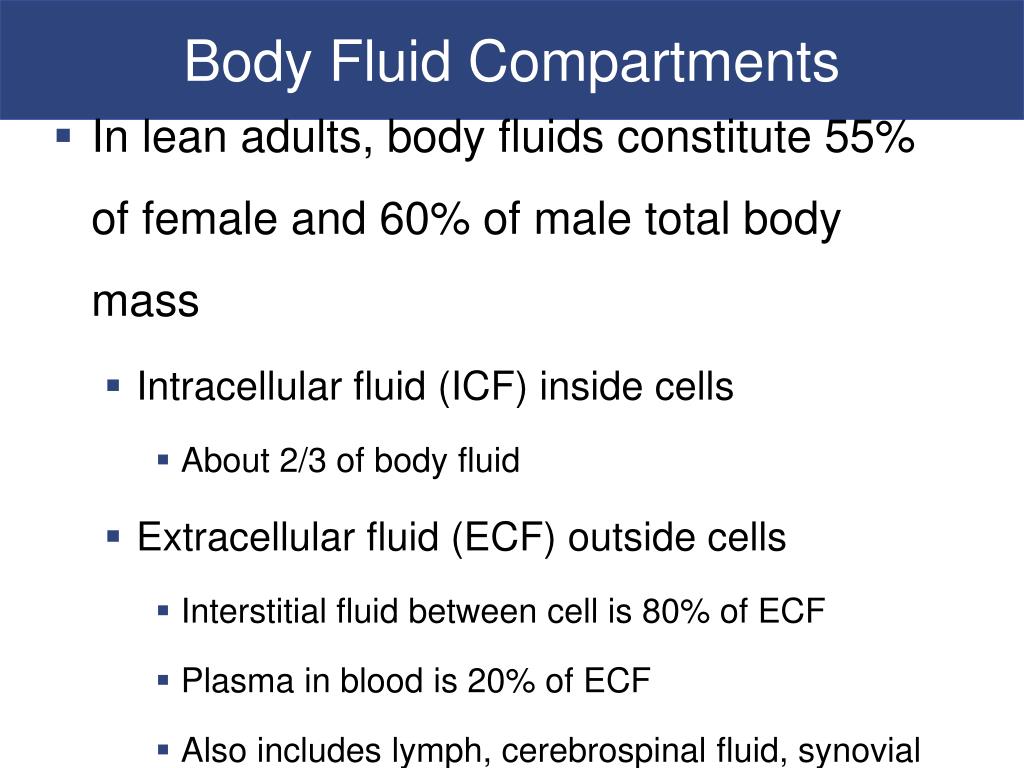



The result also clarified the role of dark modes, which lays a critical foundation for designing cavities for future polariton chemistry. This finding confirmed the central concept of polariton chemistry: polaritons modify the potential energy landscape of reactions. Specifically, (1) we found that polaritons can facilitate intra- and intermolecular vibrational energy transfer, opening a pathway to control vibrational energy flow in liquid-phase molecular systems, and (2) by studying a single-step isomerization event, we verified that indeed polaritons can modify chemical dynamics under strong coupling conditions, but in contrast, the dark modes behave like uncoupled molecules and do not change the dynamics. My group addressed the challenge of differentiating the dynamics of polaritons and dark modes by ultrafast two-dimensional infrared (2D IR) spectroscopy. However, this level of insight is critical for developing a solid mechanism for polariton chemistry to design and predict the outcome of strong coupling with any given reaction. This limitation makes delineating the contributions to chemistry from polaritons and dark states difficult. One reason for this challenge is that previous works cannot differentiate polaritons from dark modes. Despite several published results supporting this concept, the chemical physics and mechanism of polariton chemistry remain elusive. Because the polariton states are half-matter and half-light, whose energy is shifted from the parental states, polaritons are predicted to modify chemistry under thermally activated conditions, leading to an exciting and emerging field known as polariton chemistry that could potentially shift paradigms in chemistry. The polaritons are much like the bonding and antibonding molecular orbitals when atomic orbitals form molecular bonds, while the dark modes are like nonbonding orbitals. When molecular vibrational modes strongly couple to virtual states of photonic modes, new molecular vibrational polariton states are formed, along with a large population of dark reservoir modes.


 0 kommentar(er)
0 kommentar(er)
